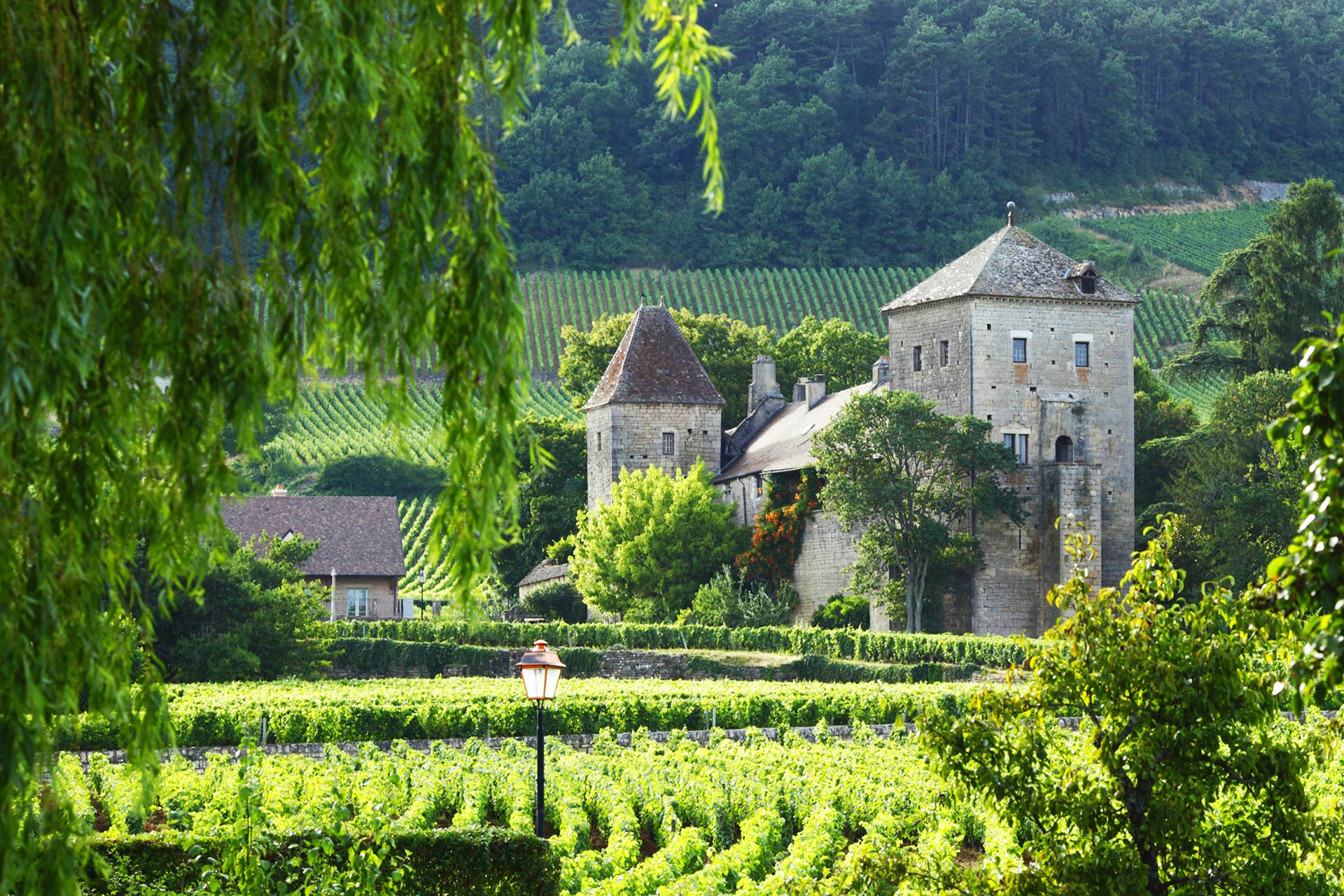The Winter Warmer Protocol, decoded by WineGuide101
Roast beef. Yorkshire puds. The kind of gravy that could be sold on the black market. Yes, the Great British Sunday Roast is winter’s answer to therapy — but pair it with the wrong wine, and it’s like wearing flip-flops in a blizzard.
Fear not. We’ve created the ultimate Winter Warmer Protocol — a deliciously nerdy, wine-soaked guide that doesn’t just tell you what to drink. It explains why your Châteauneuf-du-Pape makes that roast taste like it was cooked by a Michelin-starred grandma.
Comfort Meets Chemistry
Winter’s cold. Beef is fatty. Red wine is boozy. It’s not just comfort — it’s chemistry. Big reds like Malbec, Primitivo, and Châteauneuf-du-Pape don’t just taste great — they perform a kind of culinary alchemy. Rich food dulls the taste buds. These wines wake them back up and make each mouthful feel like the first.
Tannins and Fat: The Secret Partnership
Tannins (the mouth-drying compounds in red wine) are the bouncers of the wine world. Harsh and aggressive when on their own, they’re tamed by fat like magic. When you sip a tannic wine with fatty beef, the tannins bind to the fat rather than your gums. The result? A wine that tastes smoother, and a roast that doesn’t turn greasy on the palate.
Lean cuts like topside need softer, fruitier wines — think Malbec or Australian Shiraz. Fatty cuts like ribeye? You need wines with the backbone to cut through. Madiran, aged Bordeaux or a structured Rhône blend will stand up to the job.
Salt: Your Silent Pairing Partner
Salt, often overlooked, is the real flavour fixer. It doesn’t just boost the food — it alters how wine tastes. Salt suppresses the bitter edge of tannins, letting the fruit and warmth of the wine shine through. A well-salted Yorkshire pudding crust or a rich gravy makes your Châteauneuf taste rounder, riper, and more luxurious. No salt? Even your top-shelf red can taste like punishment.
Booze and Flavour: It’s Not Just About the Buzz
Yes, alcohol brings warmth — but it also dissolves fat-soluble compounds, unleashing flavours trapped in the food. That rosemary-crusted beef? A high-alcohol wine draws the herby notes into your nostrils. It lifts the meal. Just be careful with high-alcohol reds and horseradish — unless you fancy breathing fire mid-dinner.
Acidity: Keep the Balance
Acid in wine is what keeps your roast from turning into a nap. Without it, wines feel heavy and flat next to rich food. Acidity slices through fat and gravy, cleansing your palate and making the next bite feel fresh. High-altitude Malbec and cooler-climate Syrah bring just the right zip to keep things moving.
Meet the Holy Trinity
Malbec: The Altitude Assassin
🇦🇷 Mendoza, Argentina
Malbec’s got thick skins, plush tannins, and preserved acidity, especially when grown at altitude. Look for bottles from the Uco Valley or labelled “High Mountain” — these offer concentrated fruit and a velvety mouthfeel that matches roast beef beautifully.
- Try: Luigi Bosca Signature Malbec – like velvet in a bottle.
- Why: Its dark fruit and smooth tannins are tailor-made for fatty cuts of beef.
Primitivo: The Sweet-Hearted Brute
🇮🇹 Puglia, Italy
Think of Primitivo as Zinfandel’s bolder cousin. It’s rich, boozy, and jam-packed with black fruit, spice, and a touch of sweetness. Its slightly raisined fruit and warm alcohol are a natural partner for roasted carrots, onions, and sticky gravy.
- Try: San Marzano Talò Primitivo di Manduria
- Why: It wraps around the sweet edges of your roast dinner like a festive scarf.
Châteauneuf-du-Pape: The Herbalist
🇫🇷 Southern Rhône, France
CdP blends Grenache, Syrah, and Mourvèdre into a warm, structured red with hints of rosemary, thyme, and garrigue — basically, it tastes like your roast smells. It brings savoury elegance and enough muscle to handle a proper rib roast.
- Try: Tesco Finest Non-Vintage CdP
- Why: A rich, ready-to-drink bottle with spicy depth and herbal swagger.
The Wild Cards
- Barossa Ink Shiraz: Plush, velvety and full of chocolatey fruit. Ideal for rich roasts or casual Sundays.
- Georgian Saperavi: Ancient, inky, and acidic — great with fatty meats or game.
- Madiran (Tannat): The heavyweight. Demands fat. Loves meat. Rewards patience.
A Dish-by-Dish Pairing Cheat Sheet
| Dish Element | Wine Match | Why It Works |
|---|---|---|
| Rib of Beef | Châteauneuf-du-Pape | Handles fat, matches savoury crust |
| Silverside | Malbec or Barossa Ink | Softer tannins keep it juicy |
| Yorkshire Pud | Saperavi or CdP | Acidity cuts through batter fat |
| Gravy | Primitivo | Sweetness balances salt |
| Horseradish | Malbec (fruit-forward) | Cushions the spice burn |
| Red Cabbage | Primitivo or Saperavi | Handles sweet-sour flavours well |
Don’t Forget the Service Ritual
Temperature matters. That room temperature you think is perfect? It’s probably too warm. Serve bold reds at 15–18°C. A quick 20-minute fridge visit works wonders.
Decanting isn’t just for posh dinner parties.
- Young reds like Malbec and Shiraz: Give them 1–2 hours of air.
- Primitivo: Just 30 minutes will do.
- Older CdP: Be gentle and serve right after decanting to preserve its delicate aromas.
Final Thoughts: From Comfort Food to Culinary Chemistry
Winter 2025 isn’t about guessing which wine might work. It’s about understanding how fat, salt, acid, and tannins dance on your palate. Get the science right, and your Sunday Roast becomes something far greater than the sum of its parts.
So roast bravely, pour boldly, and toast to a season of proper pairings.



